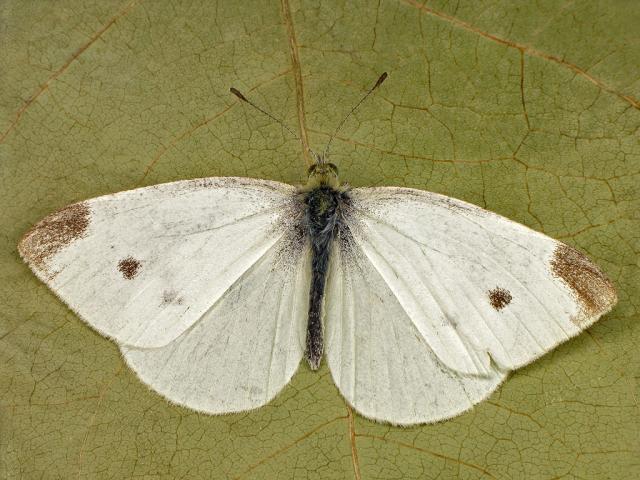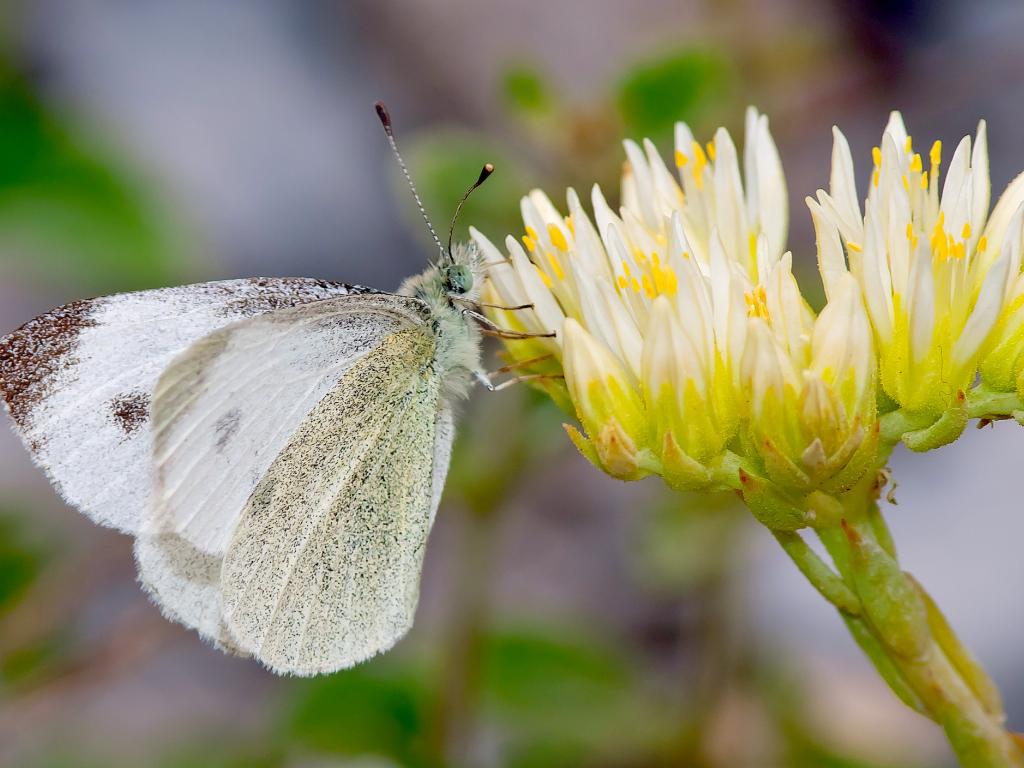
Small White
Not found in the UK.
Until recently, and as its name suggests, this butterfly was confined to southern and especially south-eastern Europe, but it is now spreading rapidly in a north-westerly direction, at the rate over 100 km per year. It was first found north of the Alps in France and in Germany in 2008 and has since gradually extended its range and was first sighted in the southern Netherlands in 2015. In 2019 it was reliably recorded near Calais in France. So there is only the matter of the 22 miles of English Channel to cross before it arrives on our shores!
Of course, it may already be here, just not noticed amongst its cousins. So the race is on to be the first person to record this butterfly in the UK.
On the continent, the Southern Small White has several generations each year and can be on the wing between March and October. In recently colonised areas, only a few individuals are usually observed in late summer or early autumn, but by the next summer, the butterfly is usually well established and quite widespread.
Caterpillars feed on Candy tuft (Iberis sempervirens) and Bladderpod (Allyssoides utriculatum).
Dry stony grassland, woodland clearings and even gardens
Identification is not easy, especially on the wing. This is made even more difficult by the fact there are differences between the sexes and between generations. Males and spring broods have fewer black markings than females and later generations.
The most obvious identification features are 1) the black patch at the wing apex extends as far down the outer margin as it does along the costa and 2) the outer edge of the main black forewing spot is often straight or concave.
These two features are best viewed in comparison to our other three similar whites, the Large, Small and Green-veined White, as in this series of photographs by Chris van Swaay of De Vlinderstichting, a leading wildlife charity in the Netherlands:

Southern Small White - Adam Gor
Adam Gor